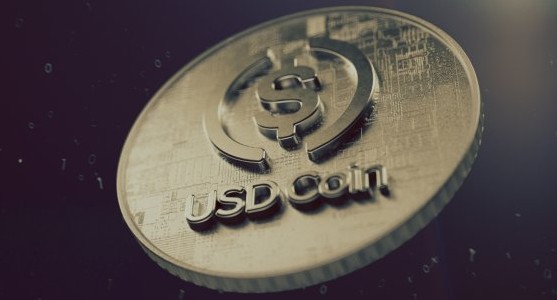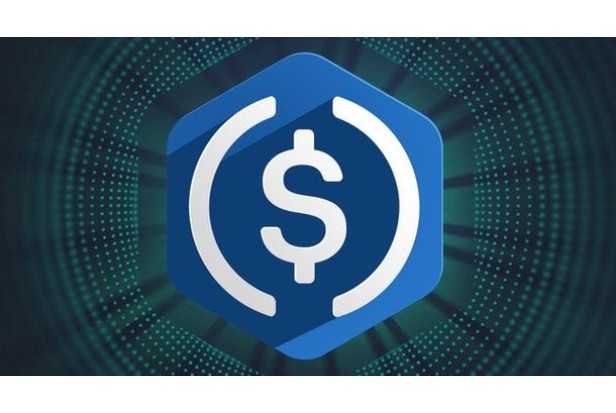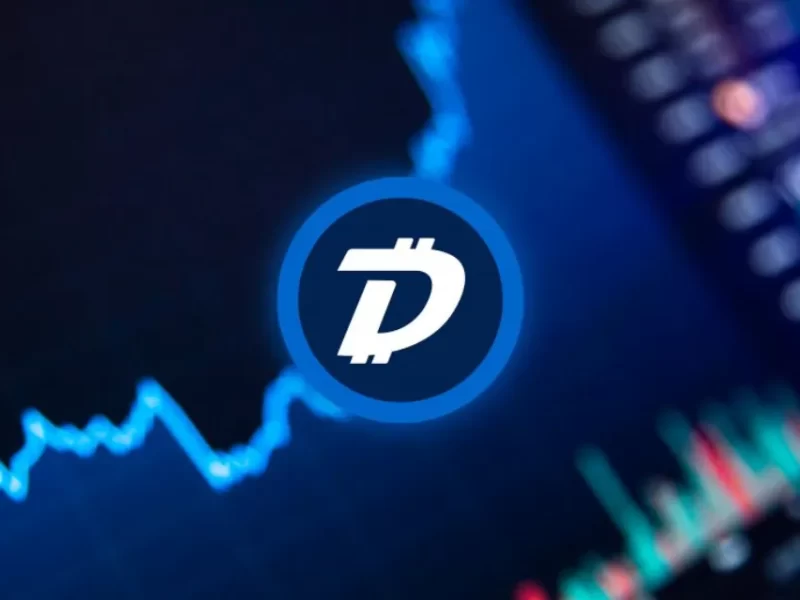Numerous investors want to know more about USDC staking. Despite not being a proof-of-stake cryptocurrency, USDC can still be used to earn interest.
One U.S. dollar’s value is reflected in the stablecoin known as USD Coin (USDC). dollar. USCD is not backed or issued by the US government, in contrast to fiat money. Instead, it’s an open-source initiative made to be more stable than some of the more well-known cryptocurrencies. As an alt-coin, USDC is highly cross-compatible with a number of different blockchains:
- Ethereum
- Avalanche
- Algorand
- Solana
- TRON
- Stellar
As a result, a large number of projects created on these networks can accept USDC, giving it more utility. USDC tokens are collateralized with fiat, unlike other stablecoins. This means that the same number of US dollars must be held in reserve as collateral for each USDC token that is issued. A USDC token is burned (removed from circulation) when it is sold for fiat money.
Investors frequently use stablecoins, like USDC, as a way to protect themselves against the volatility of some of their other investments in cryptocurrencies as well as conventional financial assets. Some foreign investors are using the token as a means of increasing their exposure to the United States. dollar.
What is USDC?
Coined on the Ethereum blockchain by Circle, USDC is a digital currency. It is an ERC20 token that stands in for US dollars that authorized financial institutions have on hand in reserve. It is possible to send or receive money from anywhere in the world using USDC, as well as to trade, store value, and earn interest.
Because they are the most open with their treasury, the USDC stablecoin is the safest in the world. Since they are a US-based company, they undergo regular audits by reputable companies to make sure that every USDC token they issue is fully backed by an equivalent reserve.
(Read More: Is Staking Crypto Safe & Is It Worth Staking Crypto?)
Who Owns USDC?
The USDC network needs to store significant amounts of U.S. dollars due to its stablecoin structure. dollars in reserve. This is done by keeping the money in various segregated accounts spread across several banks and regulated financial institutions. Grant Thornton LLP, an accounting firm, is in charge of these accounts and issues Reserve Attestation Reports that detail the current token issue as well as the amount of US dollars currently held in reserve.
Grant Thornton does not, however, manage or control USD Coin. Instead, CENTRE—a joint venture between Coinbase and Circle—manages the coin. While Circle is a company that develops financial technology, Coinbase is a well-known cryptocurrency exchange. The private company issuing USDC is called Circle. This indicates that, unlike Bitcoin and Ethereum, USDC is a centralized cryptocurrency. There were 55 billion USDC in circulation, according to a June statement from Circle.
Can You Stake USDC?
A USDC staking overview is something that many investors are searching for. Although USDC is not a proof-of-stake cryptocurrency and can’t be staked, it is possible to earn interest. Typically, you can do this by opening a compound-interest savings account on a third-party platform.
After that, you can set a time limit for the lockup of your deposit. You can collect your earnings during this time, and you have the option to either withdraw the principal or reinvest your earnings at the end of the period.
USDC Staking Risks
The platform you use and the degree of application risk have an impact on the yield you receive on your USDC.
The implied risk is typically higher the higher yield you receive on your USDC. The kind of risks that you could think of associated with USDC staking are:
- Smart Contract Risk: a DeFi application with flawed smart contracts that a hacker is using.
- Company Risk: Poor risk management procedures and careless leverage could cause a DeFi application to lose customer deposits. A recent illustration of this is the Celsius crisis.
How Does USDC Staking Work?
Staking USDC is a simple process. You will be able to stake your USDC in various ways across the various platforms. However, the bottom line is that you will need to:
- Pay USDC into the system.
- When your USDC is on the platform, you must adhere to the staking rules that are specified by each platform.
Exchanges are the simplest option. You may also choose specialized staking platforms. The majority of the time, they lend borrowers your USDC. The platform’s native token or even USDC may be given to you as payment in exchange for your services.

Is USDC Safe?
In the cryptocurrency world, trust is a crucial issue. Investors are more concerned than ever about security, particularly in light of the current economic challenges many people are facing. Stablecoin investments and savings accounts are relatively low risk due to the stability of USDC. Returns cannot be guaranteed, and all investments involve risks.
Despite the coin’s formal-sounding name, users must keep in mind that the US Federal Government neither backs nor issues it. This indicates that neither FDIC nor SIPC insurance is providing any protection for their reserves. As a licensed money transmitter, Circle is subject to regulation. This indicates that Circle is subject to the same strict legal requirements as more well-known companies like PayPal, Stripe, and Apple Pay under American law. The SEC also reviews Circle’s financial statements, which are additionally audited annually. These elements make USDC a reasonably secure investment opportunity.
Is USDC Staking Legal?
Yes, USDC staking is permitted. Since USDC is a stablecoin backed by US dollars, each token is equal to $1 USD. Simply locking up your USDC in order to earn interest is known as USDC staking. When claiming the yield from their USDC staking, investors might have to pay capital gains tax.
How to Earn Interest on USDC
Staking, in its simplest form, is the act of locking away your assets for a set period of time in order to maintain the security of the blockchain network and to profit from interest. But you can’t stake USDC, so you need to look alternatives like automated crypto trading. This kind of service is provided by numerous companies.
A lot of interest-bearing accounts are based on crypto lending, where your crypto deposits are lent to borrowers in exchange for interest. Although it’s risky, interest rates on crypto loans have been declining, which has led many investors to look elsewhere.
Strategic investments and automated crypto trading are also the best alternatives to USDC staking. To give you higher, longer-term returns, the platforms invest your deposits in low-risk activities. Haru Invest is a platform you can check for this manner.
Is Holding USDC Worth It?
Yes, it is possible; that is the answer. The rates of return for USDC are still very competitive on many platforms. The interest rates on these USDC coins range from 3% to 10%. This shows just how successful stablecoins can be.
Additionally, Haru Invest’s Earn Plus product offers USDC holders a very good earning rate.
USDC Interest Rates
The platform you choose to work with and the investments you make will largely determine how much money you can make on USDC. At Haru Invest, We deploy three core algorithmic trading strategies to drive profits for investors:
- Arbitrage Trading that leverages the price gap between crypto exchanges
- Market Neutral Strategy based on the price stability mechanisms at crypto futures exchanges
- Spread Trading focuses on the volatility of BTC/ETH futures contracts
Haru Invest has timely distributed more than 4.1M in separate earnings.
Since we began, we have processed over $2.11 billion in transactions. Haru Invest is used by more than 74,500 members in more than 140 nations. 87.5% of our members continue to use our platform with deposits.
Is It Better to Use USDC Or USDT?
Currently, USDT is used for transactions and payments on a more regular basis. This increased utility translates into a more stable value relative to USDC and potential for higher investment returns.
However, due to Circle’s efforts to foster trust through regular reports, audits, and compliance with all applicable laws, USDC is generally regarded as being safer. Thus, the question of whether it is better to use USDC or USDT is best answered by saying, “it depends.” Depending on your objectives and level of risk tolerance, you may decide to invest in one currency over another or even in both, achieving greater diversification.



